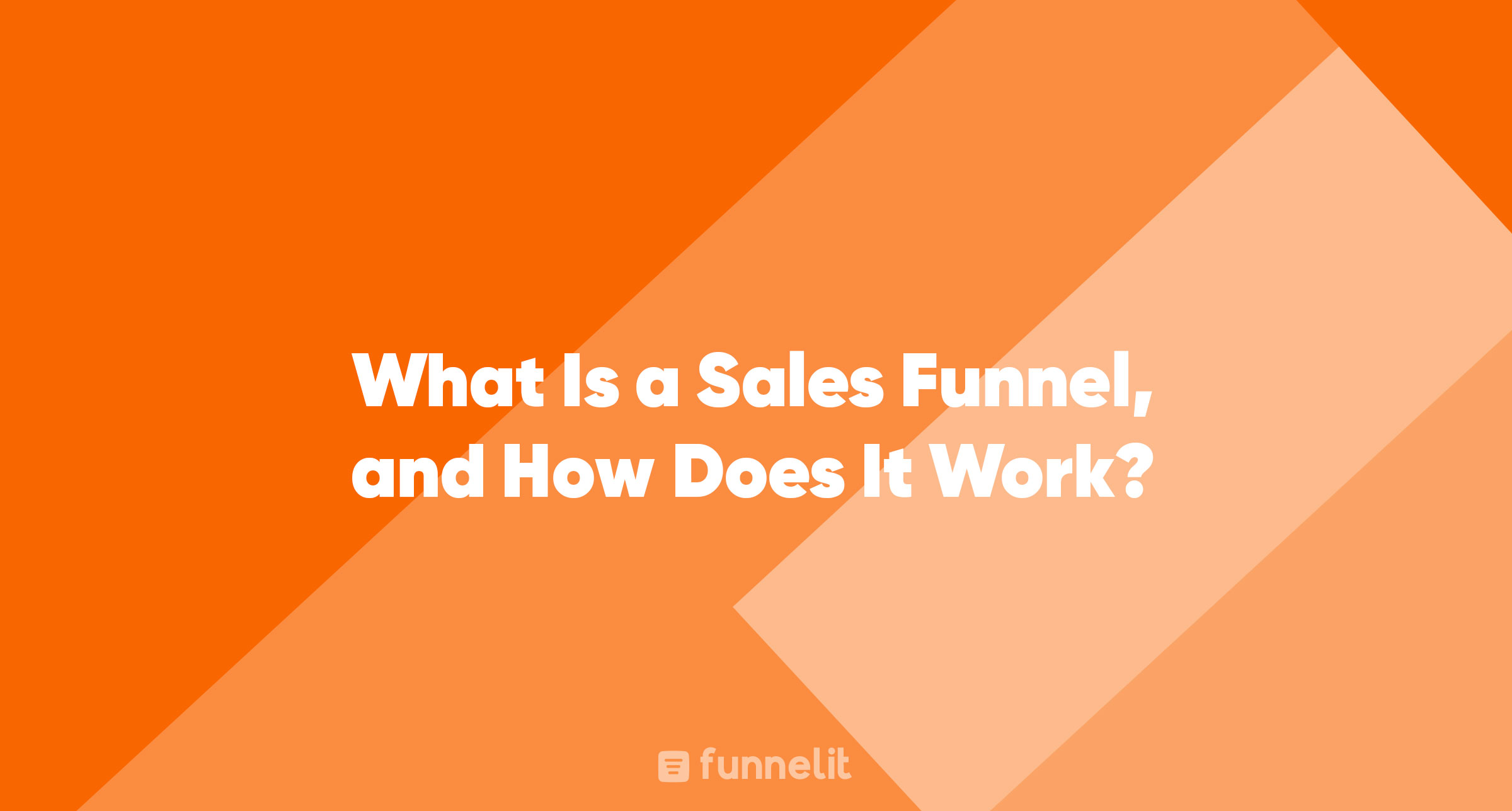The sales funnel is a fundamental concept in marketing and sales. It represents the journey that potential customers take from their initial awareness of a product or service to their eventual purchase decision. In this article, we will demystify the sales funnel, explain its various stages, and discuss how it works to guide prospects through the buying process.
1. Awareness Stage
At the top of the sales funnel is the awareness stage. This is where potential customers become aware of your product or service. They might come across your brand through various channels such as social media, online advertising, or content marketing. The key here is to grab their attention and make them curious about what you have to offer.
2. Interest Stage
Once prospects are aware of your brand, they move down to the interest stage. During this phase, they show an active interest in learning more about your product or service. They might engage with your content, sign up for newsletters, or explore your website. At this point, it's essential to provide valuable information and content to keep them engaged.
3. Consideration Stage
In the consideration stage, prospects have narrowed down their options and are evaluating your product or service. They might compare it with competitors or seek reviews and testimonials. It's crucial to provide in-depth information, answer their questions, and demonstrate the unique value your offering brings to the table.
4. Decision Stage
As prospects move closer to the bottom of the funnel, they enter the decision stage. They are now ready to make a purchase, and it's up to you to provide a clear path for them. Offer incentives, such as discounts, free trials, or compelling calls to action, to encourage them to take the final step.
5. Action Stage
The action stage is where the actual purchase or conversion takes place. This can include making an online purchase, signing up for a service, or even requesting a quote. Ensure that this stage is as frictionless as possible to minimize drop-offs.
6. Post-Purchase Stage
The sales funnel doesn't end with the purchase; it extends into the post-purchase stage. This is where you aim to turn customers into repeat buyers, advocates, or loyal supporters of your brand. Continue to provide excellent customer service, deliver on your promises, and seek feedback to improve your offerings.
How It Works: Guiding Prospects
The sales funnel works by guiding prospects through a series of stages, each with its own specific objectives. As potential customers progress down the funnel, their level of commitment and interest increases, making them more likely to convert. The goal is to move prospects smoothly from the awareness stage to the action stage by providing relevant content, addressing their needs, and building trust along the way.
Why It Matters
Understanding the sales funnel is crucial for businesses because it helps them:
- Identify and target potential customers at different stages of the buying journey.
- Tailor marketing and sales strategies to meet the needs of prospects.
- Optimize conversion rates and increase revenue by guiding prospects toward a purchase decision.
- Improve customer retention and loyalty by nurturing relationships beyond the purchase.
In conclusion, the sales funnel is a fundamental concept that shapes marketing and sales strategies. It provides a structured approach to guide prospects through their buying journey, from initial awareness to post-purchase satisfaction. By understanding how the funnel works and why it matters, businesses can better engage and convert potential customers into loyal patrons of their products or services.
